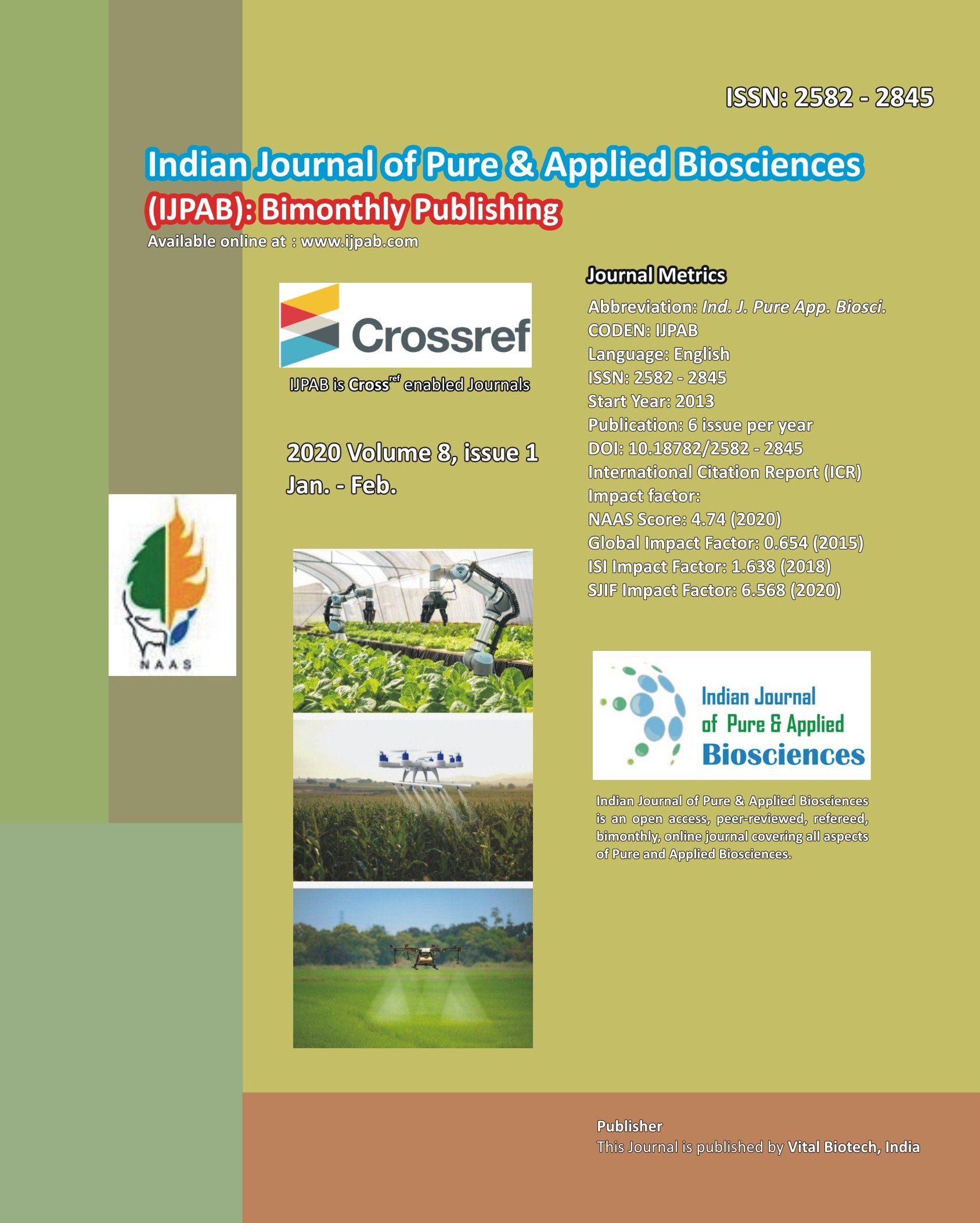
-
No. 772, Basant Vihar, Kota
Rajasthan-324009 India
-
Call Us On
+91 9784677044
-
Mail Us @
editor@ijpab.com
Indian Journal of Pure & Applied Biosciences (IJPAB)
Year : 2020, Volume : 8, Issue : 1
First page : (318) Last page : (328)
Article doi: : http://dx.doi.org/10.18782/2582-2845.7997
Modelling the Change in River Water Allocation Using Bayesian Networks: A Case Study of SYL Canal
Saurav Singla1*, Ankita1, Kuldeep Rajpoot1 and Duraisamy M. R.2
1Department of Farm Engineering, Institute of Agricultural Sciences, Banaras Hindu University, Varanasi
2Department of Physical Sciences and Information Technology,
Tamil Nadu Agricultural University, Coimbatore
*Corresponding Author E-mail: saurav.singla@bhu.ac.in
Received: 17.12.2019 | Revised: 24.01.2020 | Accepted: 1.02.2020
ABSTRACT
It is expected that a water conflicts could end up into an agreement or a bilateral. Hence, it is an important topic to study the change in allocation of river water share as an outcome of an agreement or bilateral, in both aspects, scientific study and policy making. The current study deals with the conflict over sharing of the Beas, Ravi and Sutlej river water. The conflict began in 1966 when the new state of Haryana was bifurcated out of Punjab and she demanded her share of water under the Punjab Reorganisation Act. Bayesian Networks, used in this study to model conflict, are data driven tools helping the policy makers them out to predict a most likely outcome before moving any step further. From the netwrok learnt it is almost a sure event that a challenger state would be complying with the agreement provided a target state is complying with the agreement reached by both states. There is quite a chance that if challenger state offers major concessions it is quite likely that the this will lead to change in status quo. Likewise, belief updates were performed over the network for the SYL river water sharing conflict. The consequences of updating the networks for the hard evidences, matched well with real life events and had already occurred events about SYL issue. Bayesian network models in this study proved to be good enough for predicting the complex event such that of change in status quo. Bayesian network approach is a growing field for modelling the resource conflicts and it can help policymakers for understanding the conflicts a better way.
Keywords: Sutlej Yamuna Link Canal, Bayesian Network Model, Water allocation
Full Text : PDF; Journal doi : http://dx.doi.org/10.18782
Cite this article: Singla, S., Ankita, Rajpoot, K., & Duraisamy, M.R. (2020). Modelling the Change in River Water Allocation Using Bayesian Networks: A Case Study of SYL Canal, Ind. J. Pure App. Biosci. 8(1), 318-328. doi: http://dx.doi.org/10.18782/2582-2845.7997

